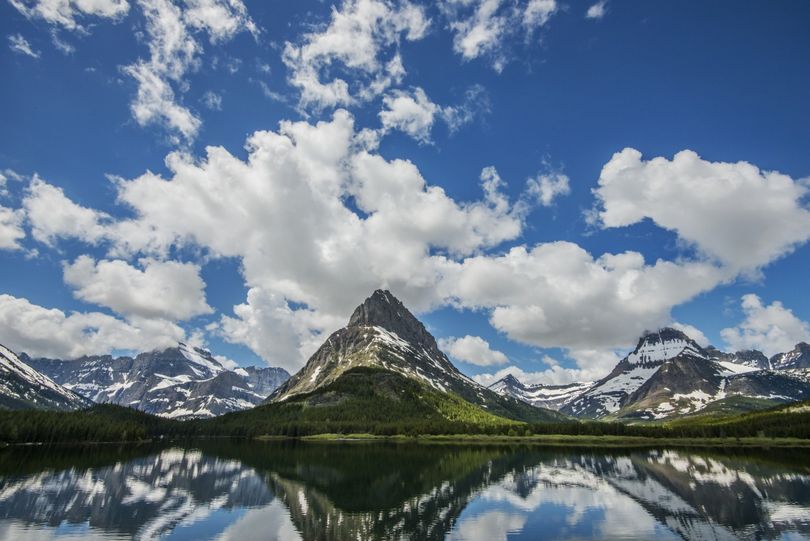Presidents played key roles in public lands legacy

PUBLIC LANDS -- Every president of the United States plays a role in managing the country's wealth of public lands, for better or worse.
Eight presidents are especially noteworthy for their efforts or milestones in conserving parks, forests, range lands, marine areas and refuges, according to the Department of Interior.
Thomas Jefferson -- His public lands legacy centers on the 1803 Louisiana Purchase. Doubling the size of the country, the United States acquired territory that formed 15 new states and included the future sites of many national parks, including Glacier National Park, Yellowstone National Park and Rocky Mountain National Park. Jefferson also sponsored the Lewis & Clark Expedition, which led to significant additions to the zoological and botanical knowledge of the continent.
Theodore Roosevelt -- Often called a “force of nature” for his energetic personality, he helped lay the foundation to protect wilderness and wildlife that shaped American land and culture. Books have been written about the hunter-conservationists' giant contributions to conservation. As president, Roosevelt created five national parks, 18 national monuments, 51 bird sanctuaries, began the National Wildlife Refuge system and designated more than 100 million acres for national forests.
Abraham Lincoln -- Changed the course of America’s public lands when he signed a law setting aside the Mariposa Grove and Yosemite Valley as protected lands in 1864. Overshadowed by the Civil War, this news received little attention, but it set a significant precedent -- that places of scenic and natural importance should be protected for the enjoyment of all people.
Ulysses S. Grant -- Few historians consider Grant’s presidency to be innovative or forward-thinking, but he accomplished two firsts in the area of conservation that live on today. In 1868, Grant set aside the Pribilof Islands in Alaska as a reserve for the northern fur seal. This was the earliest effort to use federally owned land to protect wildlife. In 1872, he signed a law establishing Yellowstone as our nation’s first national park. Today, the National Park System has more than 400 sites.
Woodrow Wilson -- Signed the “Organic Act” in 1916 creating the bureau responsible for protecting America’s 35 already existing national parks and monuments and those yet to be established. Wilson’s administration also presided over the creation of several new national parks, including Dinosaur National Monument and Rocky Mountain National Park.
Franklin Delano Roosevelt -- As a lifelong lover of nature and wildlife, Roosevelt undertook many executive actions to protect and improve public lands. Not only did he create 11 national monuments, his New Deal program -- the Civilian Conservation Corps -- dramatically improved existing parks for visitor use. Millions of people were put to work building infrastructure in national parks and forests, ultimately planting billions of trees, building roads and trails and combating soil erosion.
Jimmy Carter -- The president from Georgia had a massive impact on public lands in Alaska. Signing the Alaska National Interest Lands Conservation Act of 1980 into law protected 104 million acres of land, creating 10 national parks and preserves, two national monuments, nine national wildlife refuges, two national conservation areas and 25 wild and scenic rivers ensuring that large portions of wilderness remain undeveloped.
Barack Obama - In the seven years since President Barack Obama took office, he’s established 22 national monuments and expanded others to preserve more than 265 million acres of land and water -- that’s more than any other president. This includes the expansion of the Pacific Remote Islands Marine National Monument into the largest marine monument in the world and most recently designating three new national monuments in the California Desert.
